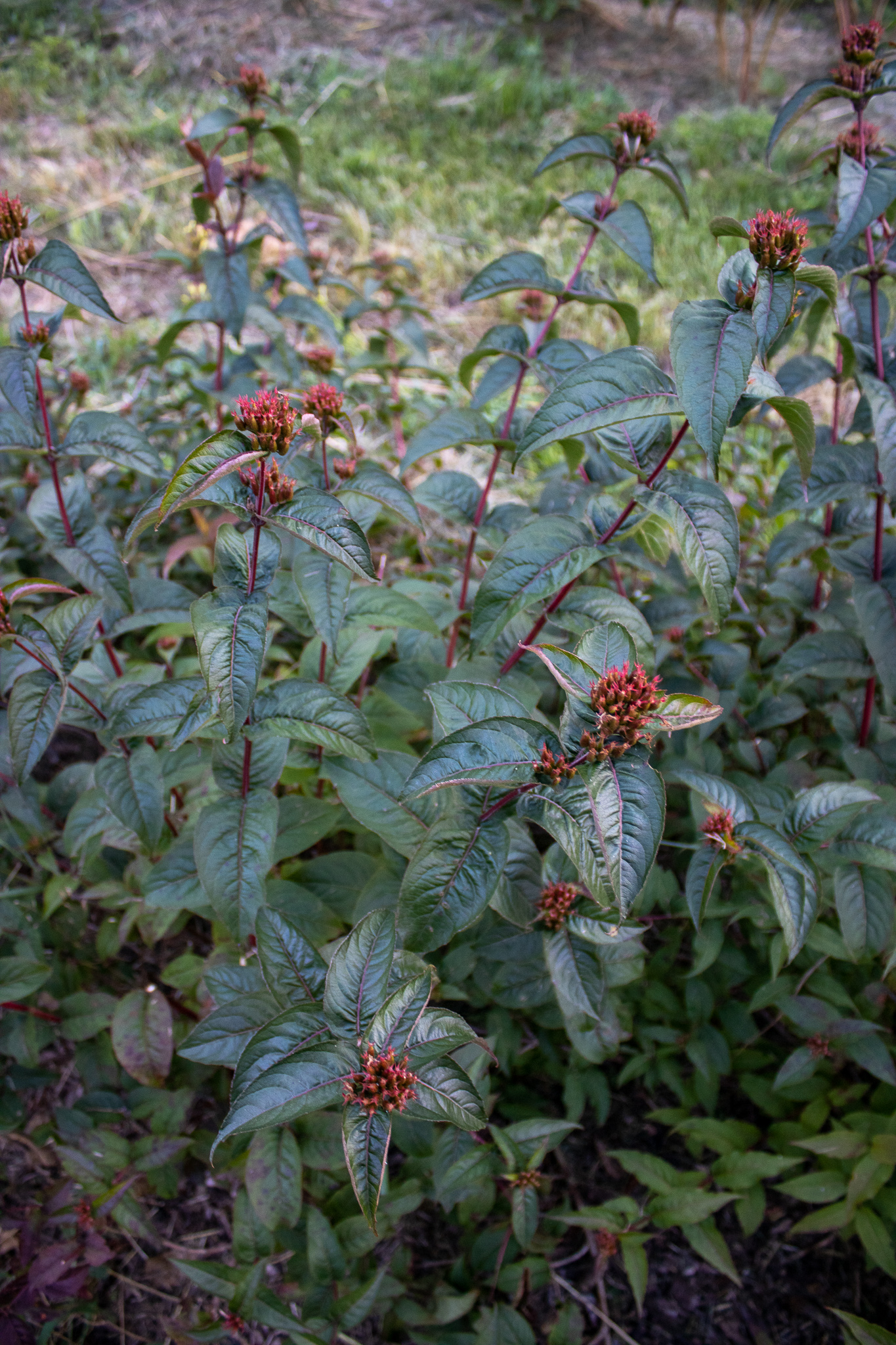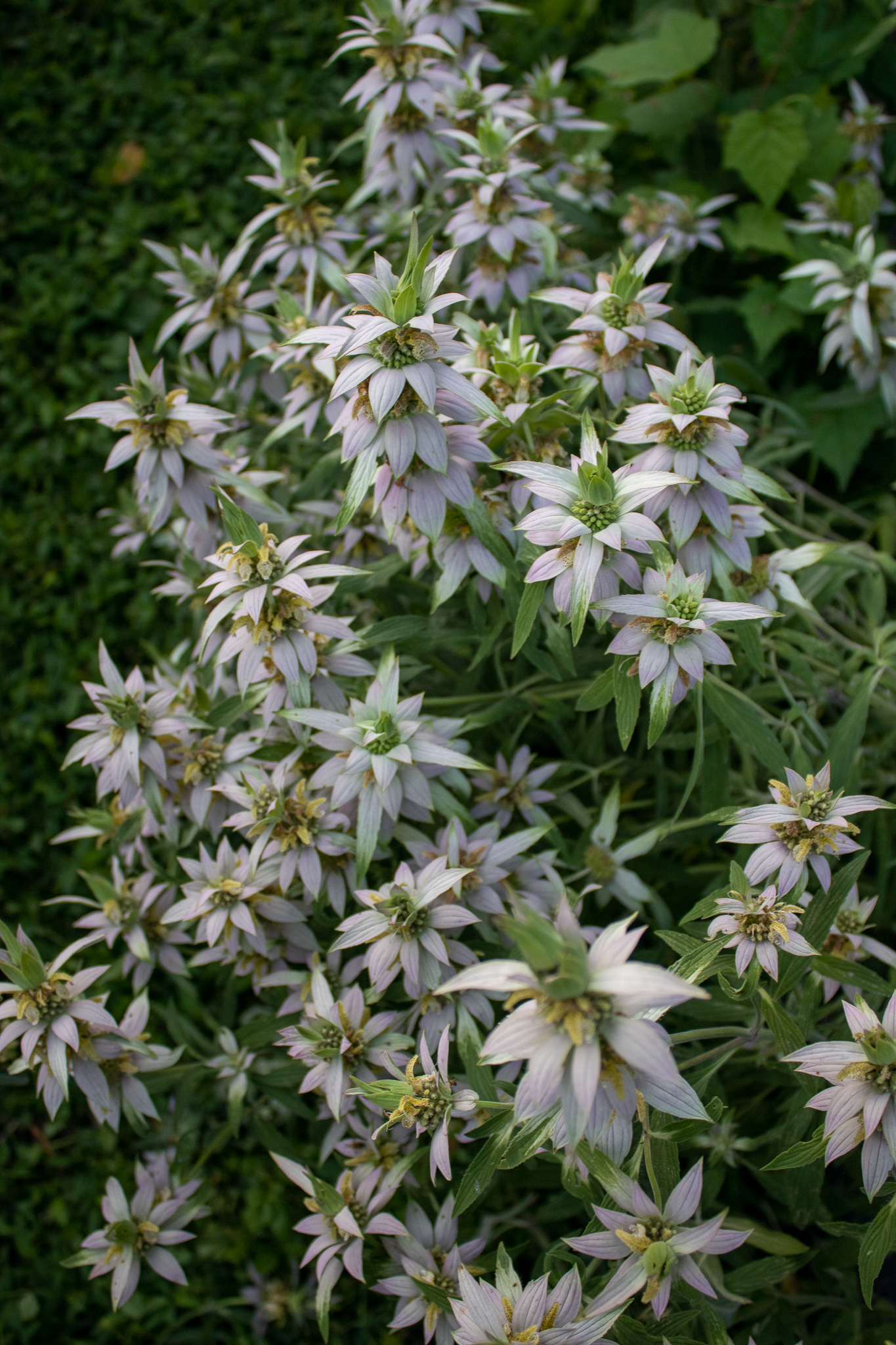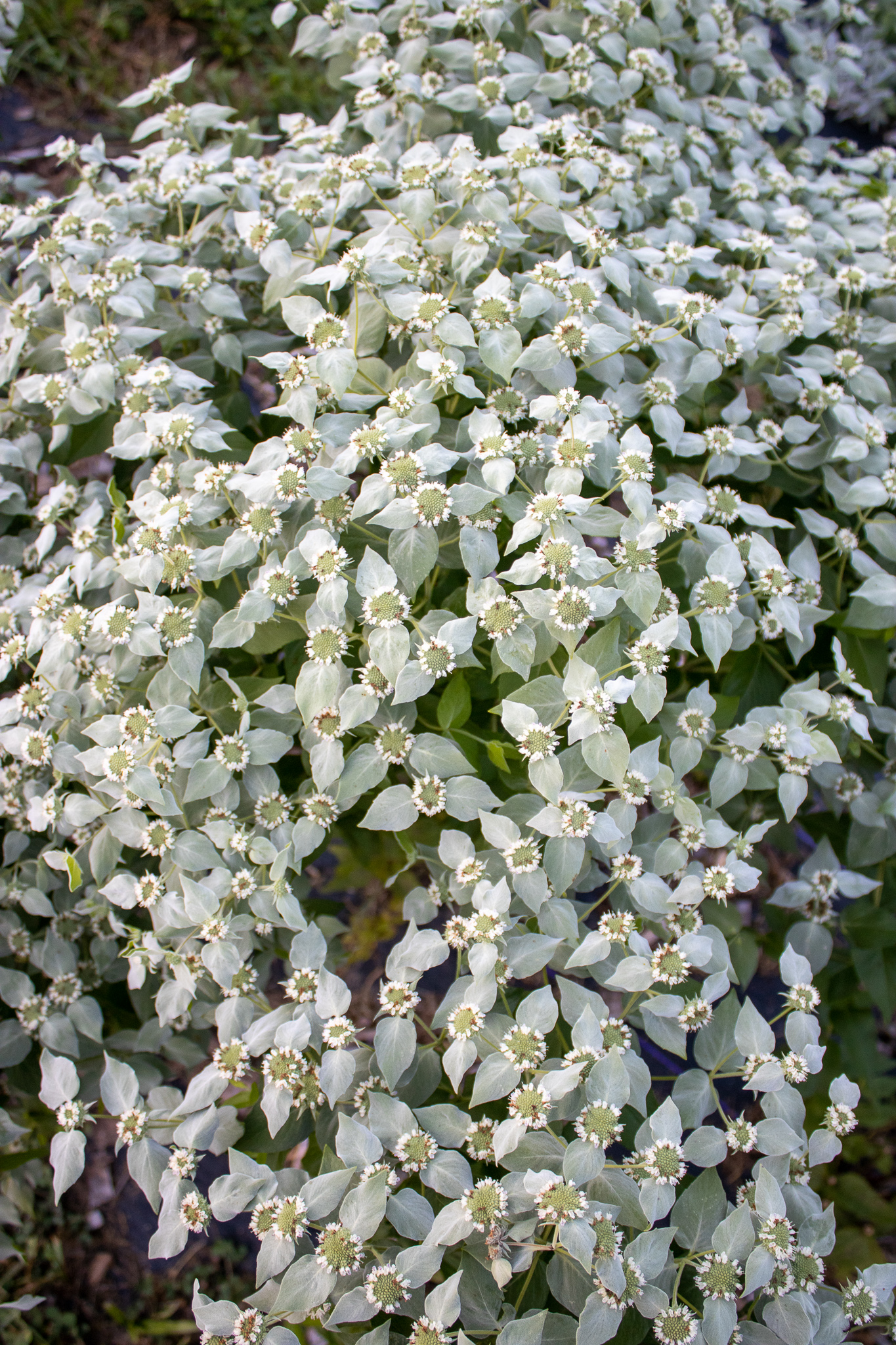
15 Tried-and-True Native Plants for North American Flower Farmers
I have had this long-standing dream for my farm that has finally come to fruition this season: an all-native bouquet, including fillers, foliages and focal flowers. It took several seasons of curating a diverse collection of perennials and shrubs – culling some and adding others – to be able to make bouquets of only-native ingredients that are beautiful and long-lasting for our customers. And while it’s not really feasible to have a flower farm of only native plants, it is incredibly valuable for every farm to add as many native plants as possible to their crop plans to be truly regenerative.
What exactly is a native plant? It’s a plant species that has been in a place since before colonization. Essentially an indigenous plant that was not carried by humans across a sea or other great distances to be where it is now. It can be hard to determine what’s native and not native as many plants have become so common in the landscape that they do not appear “exotic” in origin any longer. A great reference database is this site for the Biota of North America Program (other countries likely have something similar for readers who are not based in North America).

So why focus on native blooms and foliages when there are sexy flower rockstars like dahlias, tulips, peonies and ranunculus that always seem to need more space in your fields? In a nutshell: ecological resiliency. Life on this planet is intrinsically interwoven in such a way that we humans can not even begin to fathom. Birds and bugs and microbes and much more all co-evolved alongside each other and alongside native plants, each becoming interdependent on the other in a cycle of reciprocity that helped them all thrive, not just survive. When we humans turn a blind eye to that interconnectedness and populate a landscape with lots of non-native plants in an effort to meet our own goals, we fail to be part of that cycle of reciprocity and thus the ecosystem as a whole (humans being a part of that) is crippled.
One oft-cited example of how powerful a native plant is in the landscape versus a non-native plant is that of the research done by Doug Tallamy at the University of Delaware. His data collection shows that a native oak tree in the mid-Atlantic region here in the United States supports on average over 500 species of caterpillars. In contrast, a ginkgo, a common landscaping tree brought in from Asia, hosts only 5 species of caterpillars. Caterpillars (and other bugs that live in trees) are vital food for the young broods of nesting songbirds so more are better. Birds and caterpillars are just one tiny link in a complex and massive food chain that keeps our world in balance. The selection of trees in a single one-mile stretch of a street or field hedgerow could have a powerful impact on how much wildlife can live and thrive there. The same is true with our flower farms!

By choosing to incorporate as many native plants into your flower fields and gardens as you can, you’ll be making a concerted effort to have a healthier environment and a more resilient growing space in the face of drastic weather changes. You’ll encourage the bird population in particular; these winged friends will repay you by hunting for pests like cucumber beetles, slugs and grasshoppers among your flowers. Your soil will improve as the native plant root systems spread and feed soil microbiology. With each season, as the ecosystem rights itself, your farm will become more sustainable and less dependent on sprays and time consuming techniques like organza bags over blooms. And the stems harvested from native plants will be among your most unique, setting your bouquets apart in the local marketplace. Native plants are truly a win all the way around!
Depending on where you are located, the list of the most likely native candidates for planting at your farm may vary. The Audubon Society has a wonderful searchable database where you enter your zipcode and they give you an exhaustive list of all the plants native to your region and the birds they support. It’s a really fun way to spend a few hours reading!
But not all native plants make for good cutting material on a commercial level. Some have short vase life. Some are slow growing so you can’t cut much from them at any one time. Some don’t hydrate well. I would recommend doing a few trial plantings before putting in dozens of any given plant. I’ve compiled a list of 15 of my favorite native plants for cutting here at my farm, all of which have proven to be great for designing and hold up well in bouquets. While not an exhaustive list of all the native plants grown at Love ‘n Fresh Flowers (we have about 32 currently), these are the ones I think are best to get started with if you too are flower farming in North America, particularly the mid-Atlantic region.


This is awesome information! Thank you for bringing it to the forefront of conversation!
Your a gem Jen! I live just south of you in Maryland and I feel so fortunate to have you as a resource. Thank you for sharing
I’m so excited to get your newsletter! I’m in northern Virginia and your blog has been an awesome resource because though our climates are not exactly the same, they’re close! Between you and LMZ I feel like I’m halfway in between your flower farms 🙂 I’ve been wanting to incorporate more natives, but their propagation often is done so differently than the soil blocking I’ve been doing so far, so I am VERY excited to see your list!
Also BTW I’ve been wanting to sign up for your newsletter for a while, but I didn’t know that you did one! I couldn’t find a signup on your site. Excited to receive!
Happy to have you here! There’s a newsletter sign-up button on the “Contact Us” page of this website. Here’s the link if you didn’t already find it. 🙂
Love your podcast, no-till info and general positive, practical approach to flower farming and design.
I volunteer at the Thornton Burgess Society Green Briar Nature Center wildflower garden on Cape Cod. The wildflower garden people are a treasure trove of information on exactly this subject. They work so hard to preserve in that garden what is indigenous to Cape Cod. Some of the flowers in that garden are the only known location still in existence on Cape Cod. I applaud your efforts Jennie to educate everyone on how important all this is!
Thanks for all your content, Jennie! 🙂 You’ve inspired me to start ASAP on perennial and woodie beds. Can you help clarify how you decide which beds to use landscape fabric on, and which receive only the cardboard/compost? Is it strictly annual vs. perennial?
Perennials get landscape fabric. Annuals get the cardboard/compost treatment. Happy growing!
Thank you for getting this information out! It has only increased in worth!